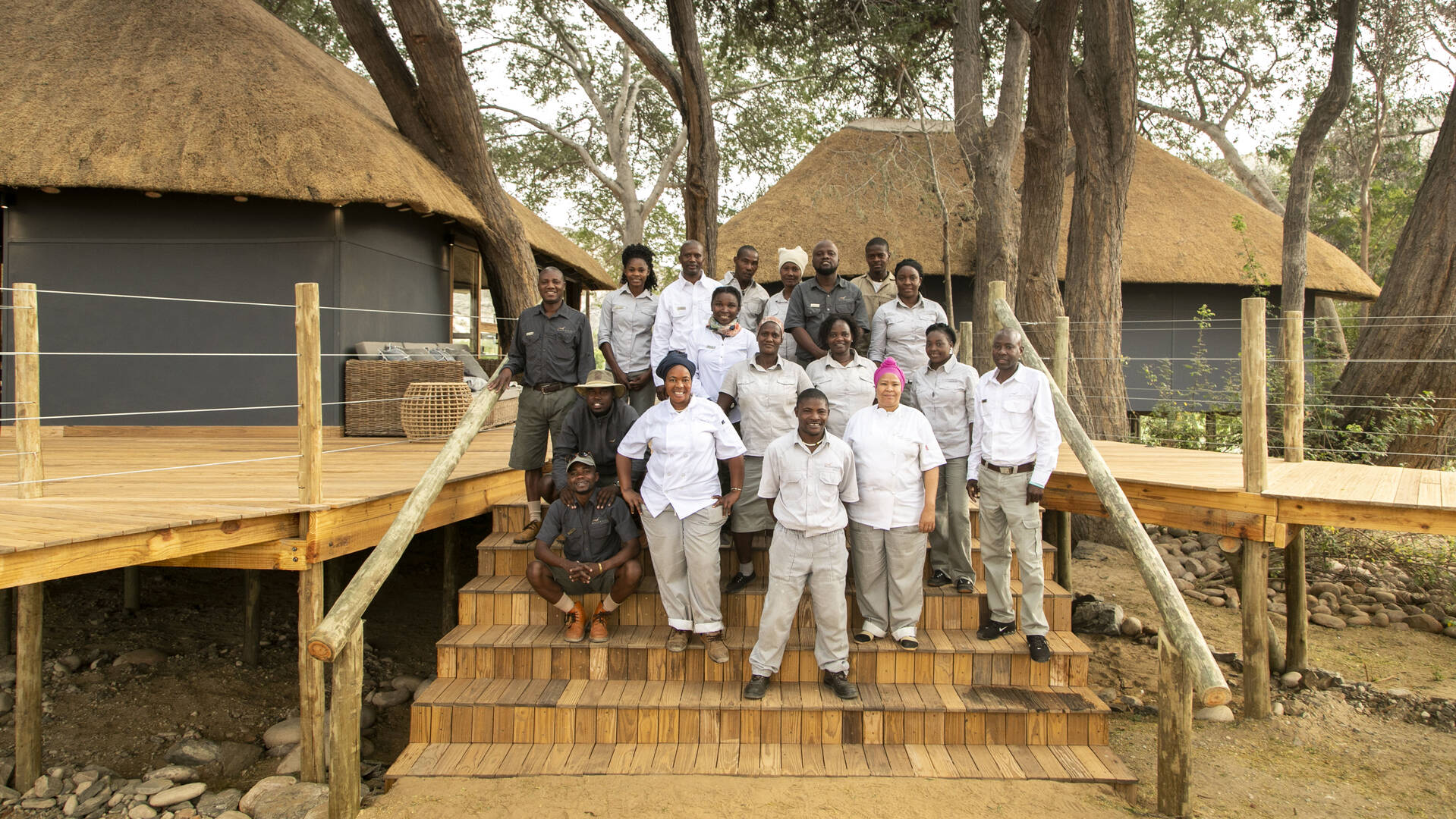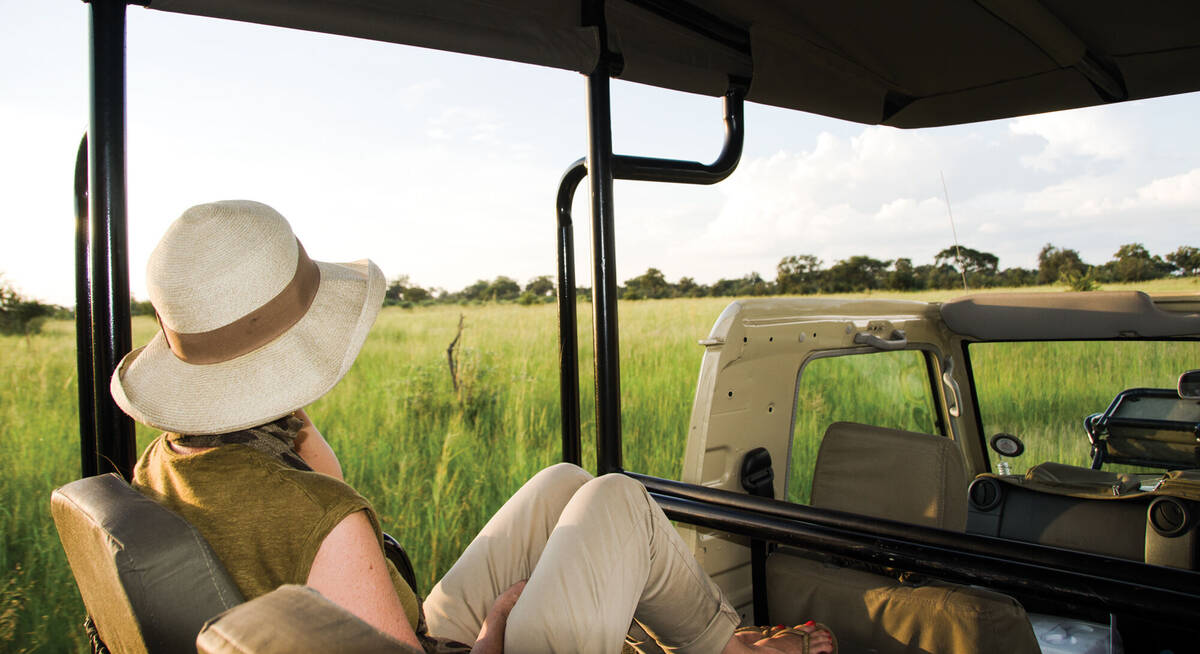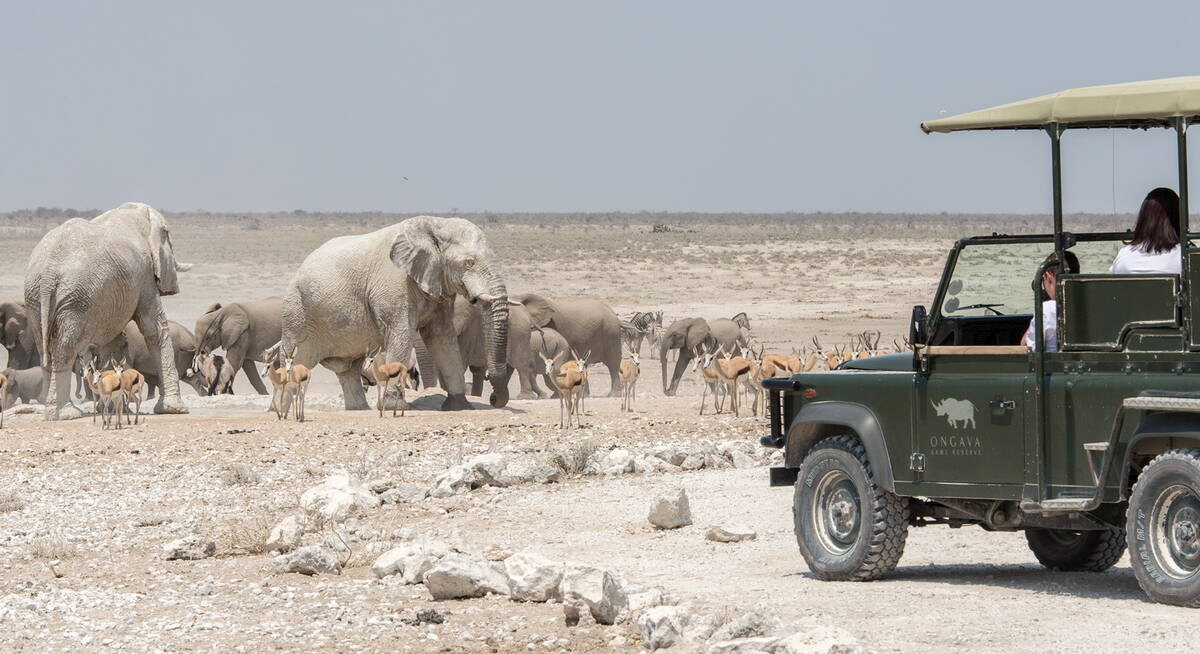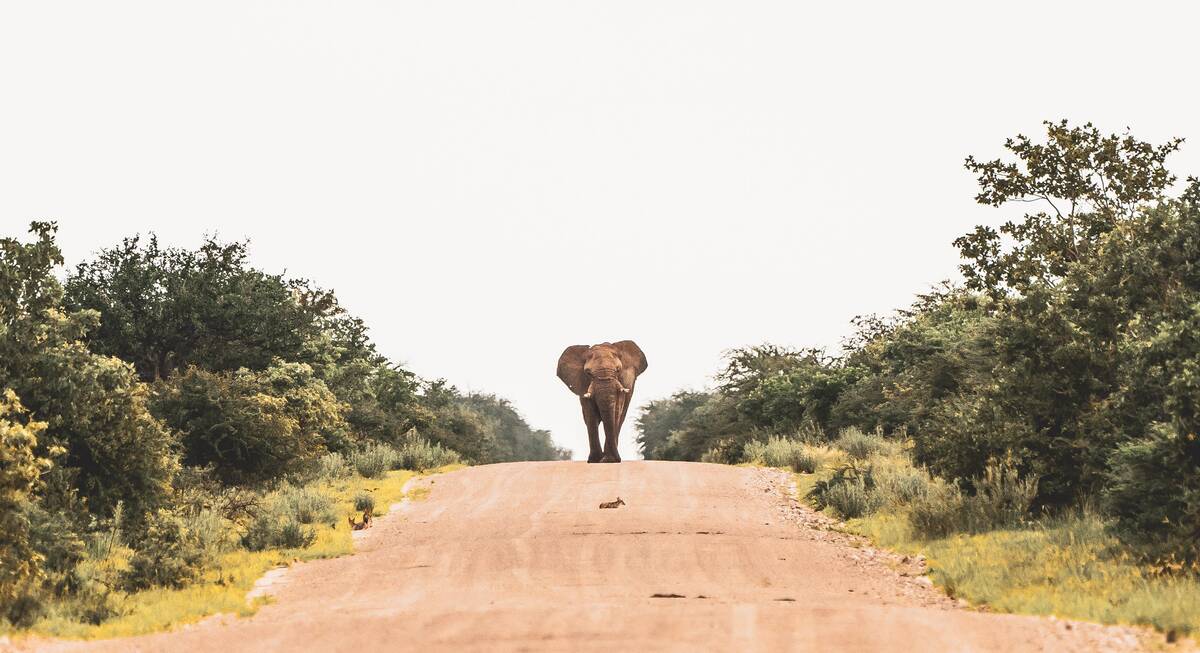How much to tip
The guidance we offer here is based on our experience in Namibia. In the end, though, tipping depends on your personal opinion and your individual satisfaction – moderated by some understanding of the issues mentioned above.With this in mind, we’d recommend that for good service, our travellers tip around:
- To your guide: N$/ZAR60–120 per guest per half-day activity (morning or afternoon excursion), or N$/ZAR120–250 for a full-day excursion.
- To the lodge staff: N$/ZAR50–150 per guest per night.
- Restaurants: A 10% tip is acceptable for good service – or more if you consider the service to have been exceptional.
- In bars: Tips are the exception rather than the norm, and even then, the loose change from your drink is generally acceptable.
- Filling stations: All filling stations (petrol garages) in South Africa have attendants who will fill your tank and wash your windscreen. A tip of about N$/ZAR5 is welcomed.
- Car guards: Whenever you try to park in urban centres, car guards will assist you (not always competently) to park and then watch over your vehicle while you are away, with a view to deterring vehicle-related crime. Some belong to more formal security companies than others and where possible we recommend using these. A ‘donation’ of N$/ZAR5-10 usually suffices depending on how long you have been parked.
Gifts as a tip
If you’re returning to a camp, it is a lovely gesture to bring personalised gifts for their staff, perhaps the guide or the butler. This isn’t particularly common, but it is always appreciated. Favourite items include pens and books – especially wildlife guides (eg: comprehensive and detailed field guides).Tipping is a sensitive issue, but there is no need to feel awkward. It’s a normal part of a service industry in Namibia, as it is in many countries. Just remember that thoughtless tipping by relatively affluent visitors can have a big impact on the local economic and social balance – so please keep that in mind when you tip the staff during your safari in Namibia.
Our top picks for holidays to Namibia
We'll always tailor-make your Town for you. Here are some of our favourites to inspire you.

Looking for inspiration on where to travel next?
Visit our trip chooser to explore your options and find inspiration for your perfect African adventure
Inspire me












